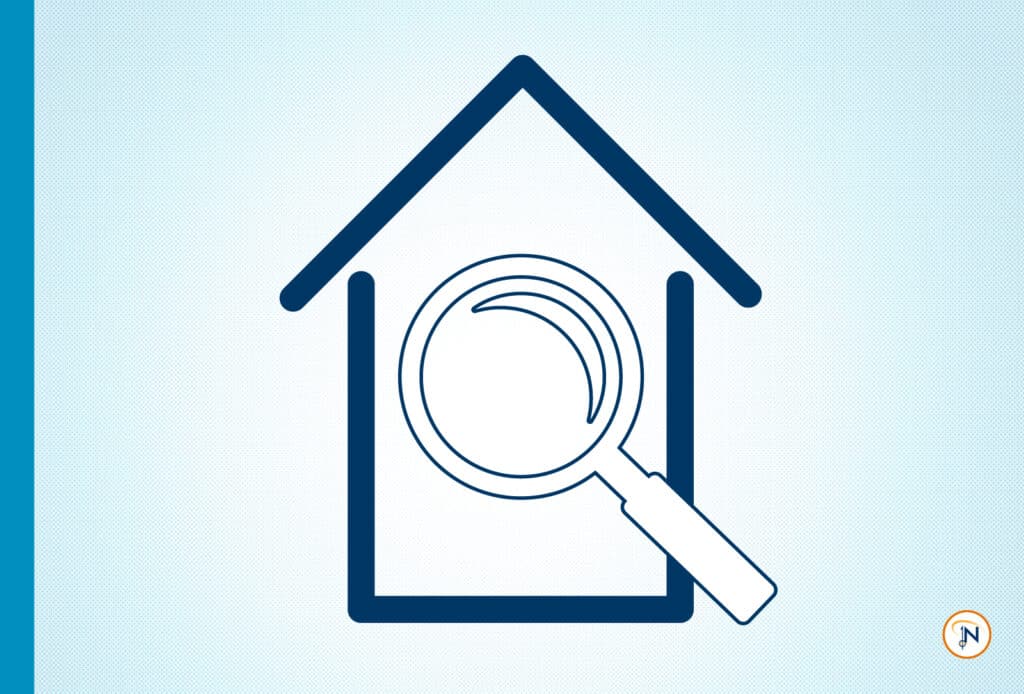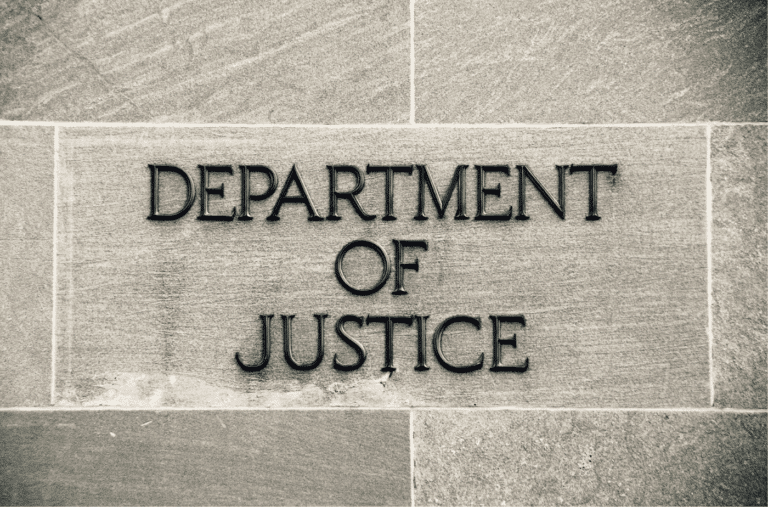The use of restrictive housing has come under increased scrutiny. Is it more harmful than helpful? Are there lasting negative effects? Is it still a relevant tool?
In criminal justice, there are no easy answers to these questions. It’s up to practitioners to use the best available information, interventions, and evidence-based practices to maintain safety in our jails.
Restrictive housing, when used effectively, can help jail staff maintain safety and protect vulnerable inmates. However, overuse of this tool has led to ongoing problems for jails throughout the country. Constant vigilance of restrictive housing procedures and practices is necessary.
We’ve developed a list of The 5 Traits of Effective Restrictive Housing Systems, and if we had to pick just one as the single most important trait, it would be building in an ongoing review process to look at risk conditions and determine what’s changed.
Some of the challenges of restrictive housing that every jail staff must consider include:
- Inmate mental health. Research has produced mixed results, and even though there is no definitive answer on how restrictive housing affects inmates’ mental health, it’s clear the effects may be vastly different for any individual inmate. Depending on an inmate’s history of mental illness, current mental state, and other risks and needs, restrictive housing may cause psychological distress.
- Inmate rights. Criticism of and legal challenges to restrictive housing frequently center on the Eighth and Fourteenth Amendments, which address cruel and unusual punishment and due process, respectively. Using restrictive housing effectively can keep everyone safer by diffusing dangerous situations, but it’s also critical that rights are respected along the way. Ongoing review of processes and use cases can help ensure restrictive housing serves its intended purpose safely and legally.
- Fiscal impacts. Restrictive housing can be expensive. A 2011 study in California found restrictive housing cost 33% more than housing an inmate in general population, and a similar study in Colorado found the cost of restrictive housing to be $15,000 to $20,000 more per inmate per year.* Financial considerations should never be the primary decision-maker when it comes to choosing the right intervention for an inmate, but at the overall system level, they’re worth tracking to inform policies and procedures.
- Is it working? Review the goals you’ve set for use of restrictive housing, and evaluate them against relevant metrics.
What are your current challenges with restrictive housing? What is your process for ongoing review? What data are you collecting to make informed decisions?
Restrictive housing can be a tough subject, but we’re here to help. Give us a call to talk through your current situation and how we may be able to assist.






